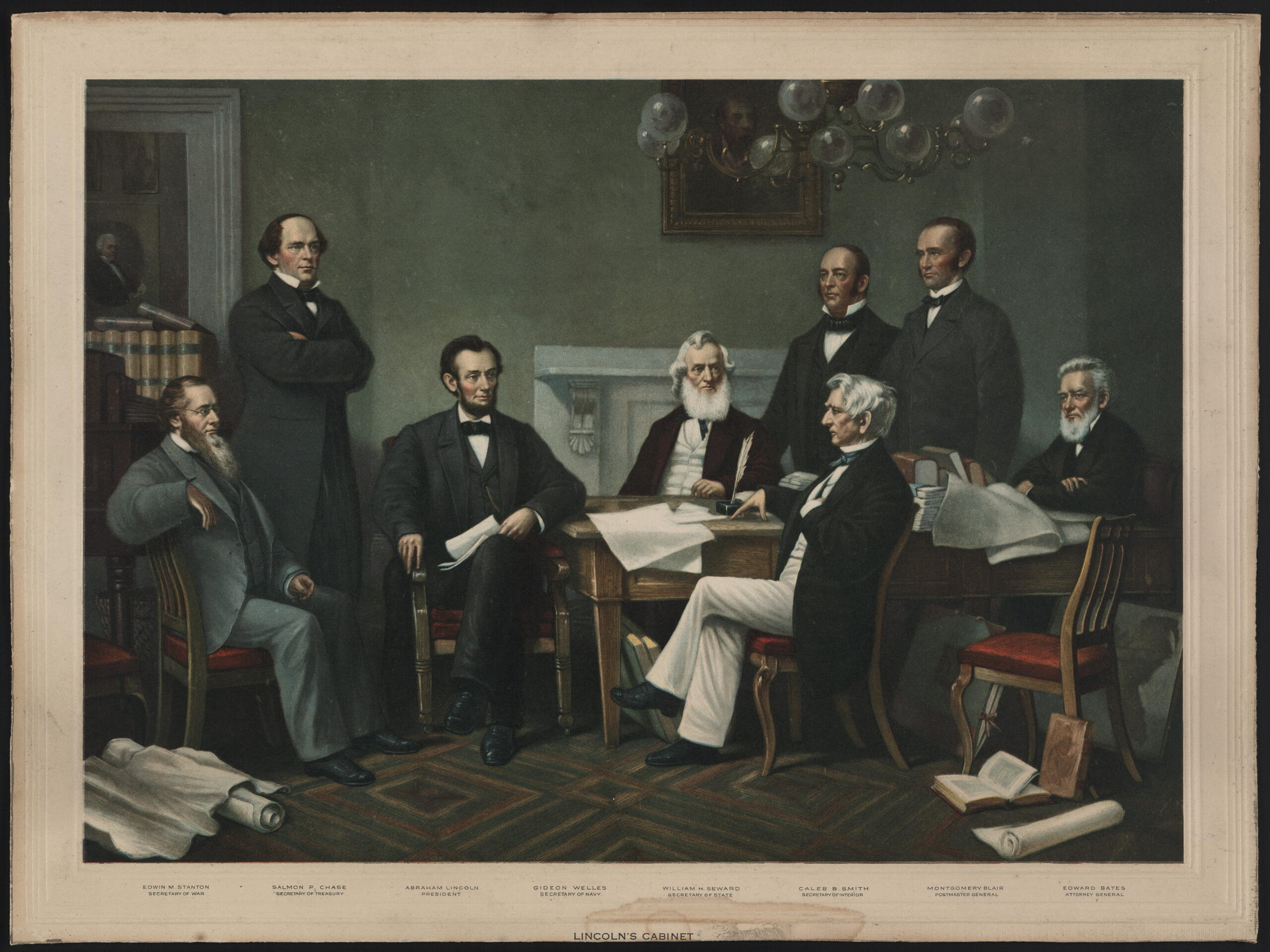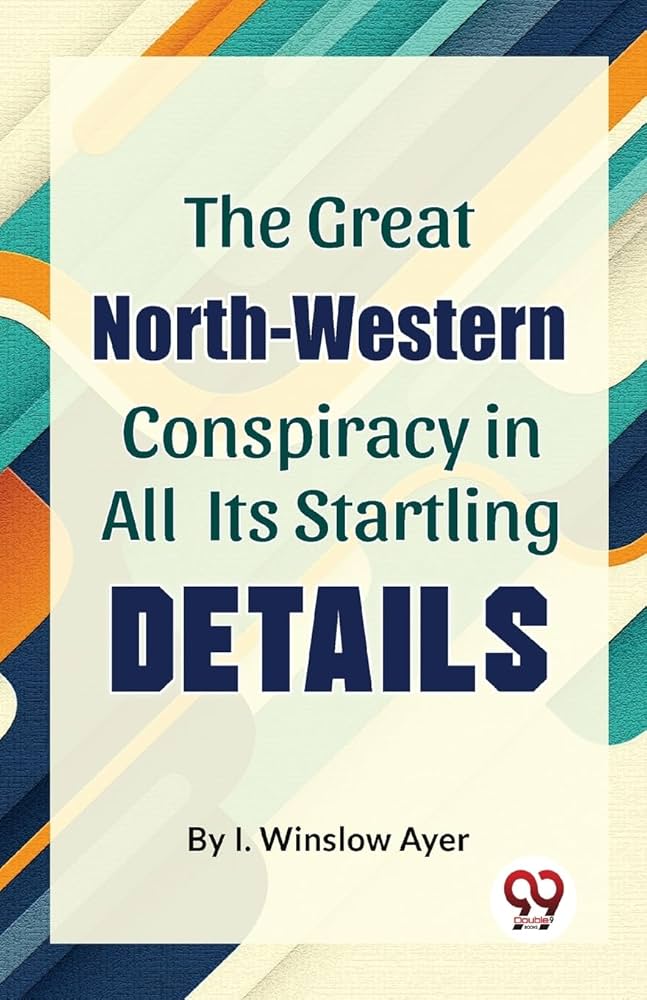The Great Northwest Conspiracy: A Hidden Civil War Plot Unveiled
I. Introduction
The Great Northwest Conspiracy is a nearly forgotten episode from the American Civil War, overshadowed by more prominent battles and events. This conspiracy unfolded during a time when the nation was deeply divided, and political dissent was rampant. As with many modern political movements, the nature of this conspiracy was rooted in polarization and dissatisfaction.
II. Background of the Civil War
The American Civil War (1861-1865) was a time of immense strife in the United States. Rooted in issues like slavery and states’ rights, the conflict pitted the Northern states against the Southern Confederacy. Political dissent was significant, with Northern Democrats—often called Copperheads—exhibiting a strong anti-war sentiment. This dissent reflected earlier historical precedents for political opposition in America, underscoring the ongoing struggle for unity.
III. Overview of the Great Northwest Conspiracy
The Great Northwest Conspiracy aimed to disrupt the Union effort from within. A group of Northern Democrats, known as the Sons of Liberty, sought to support the Confederacy by inciting rebellion in states like Ohio, Indiana, and Illinois. They believed that by fomenting insurrection, they could weaken the Union’s resolve. This ambitious plot was a grassroots movement reminiscent of more contemporary political grassroots actions.

Credit: Gilder Lehrman
IV. Major Discoveries and Key Figures
Intelligence operations played a critical role in thwarting the conspiracy. Federal agents, including Felix Stidger, were instrumental in uncovering the plans of prominent Copperhead leaders like Clement Vallandigham. The espionage efforts highlight how intelligence and vigilance shaped political and military outcomes during the Civil War, akin to modern-day political strategies that rely heavily on information and counter-intelligence.
V. Historical Significance of the Conspiracy
The Great Northwest Conspiracy had significant implications for public sentiment and the Lincoln administration. With the exposure of the plot, there was a palpable shift in how dissent was perceived. Dissenters were now viewed with increased scrutiny, highlighting the broader political ramifications of rebellion during a time when national unity was desperately needed.

Credit: Emerging Civil War
VI. Implications for the 1864 Election
The unfolding of this conspiracy also had a substantial impact on the 1864 election. As the conspiracy was uncovered, it shaped voter perceptions and affected the political climate. Scandals and plots like these can alter the course of elections, making clear parallels to how modern political controversies can sway public opinion.
VII. Comparative Analysis with Other Civil War Rebellions
When compared to other episodes of Civil War-era dissent, like the New York Draft Riots, the Great Northwest Conspiracy stands out as an example of organized political rebellion in the North. Both instances reflect the societal strains experienced during the war, resonating with contemporary social movements that echo those turbulent times.

Credit: Amazon
VIII. Conclusion
The legacy of the Great Northwest Conspiracy is one of both intrigue and caution. Understanding this conspiracy provides crucial insights into the dynamics of political dissent and unity in challenging times. It serves as a reminder that history often reflects the struggles we face today, urging us to learn from the past to better understand contemporary political dynamics.
References:
Copperhead Conspiracy in the North-West – link
Service in the Civil War – link
The Great North-Western Conspiracy In All Its Startling Details – link
Categories: Civil War History, Historical Conspiracies, Military Intelligence, Political Movements, Societal Impact of War, War History
Tags: American History, Civil War, Copperheads, Intelligence Operations, Political Conspiracies
Country of Origin: United States
Topic: Historical Conspiracies

